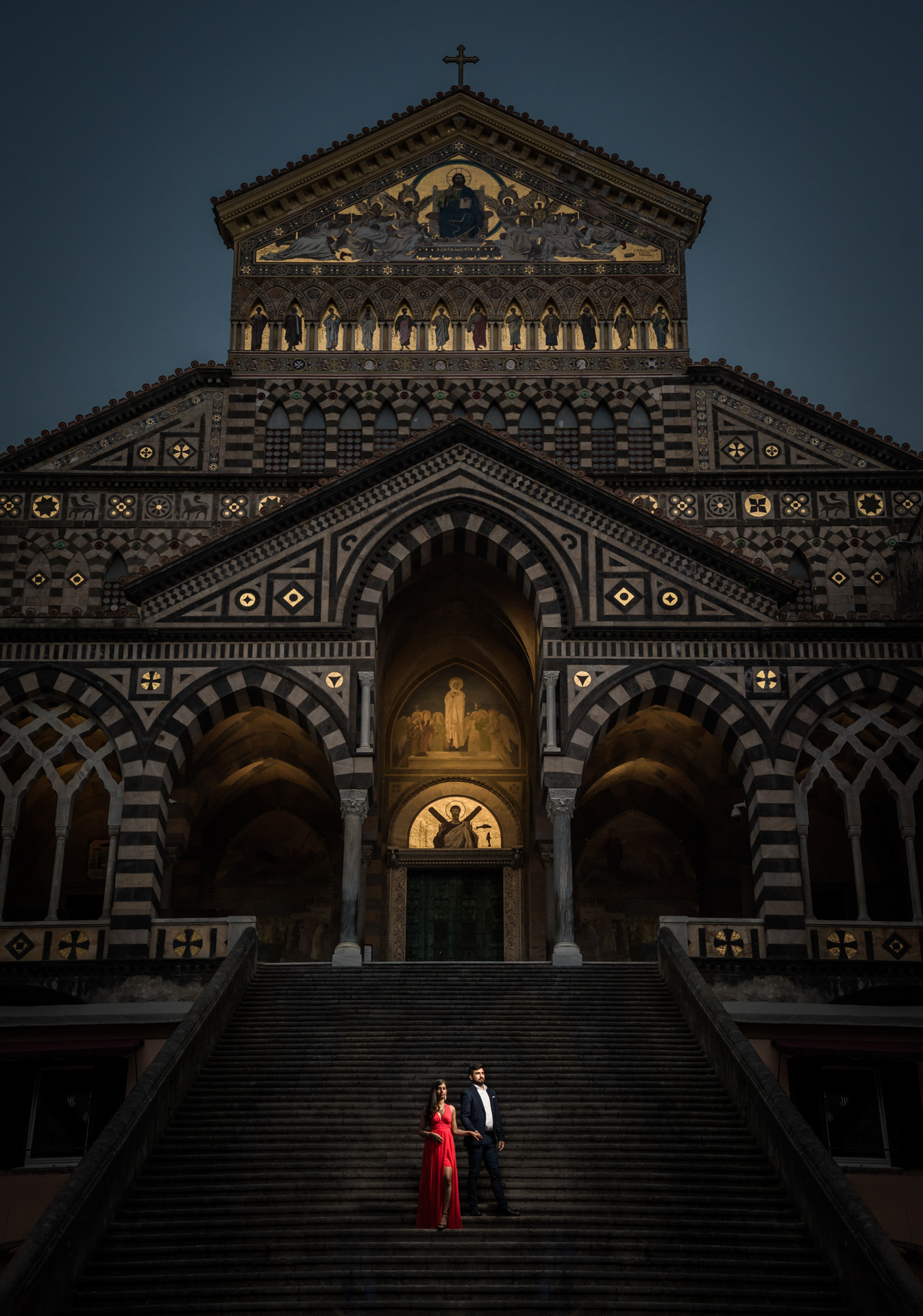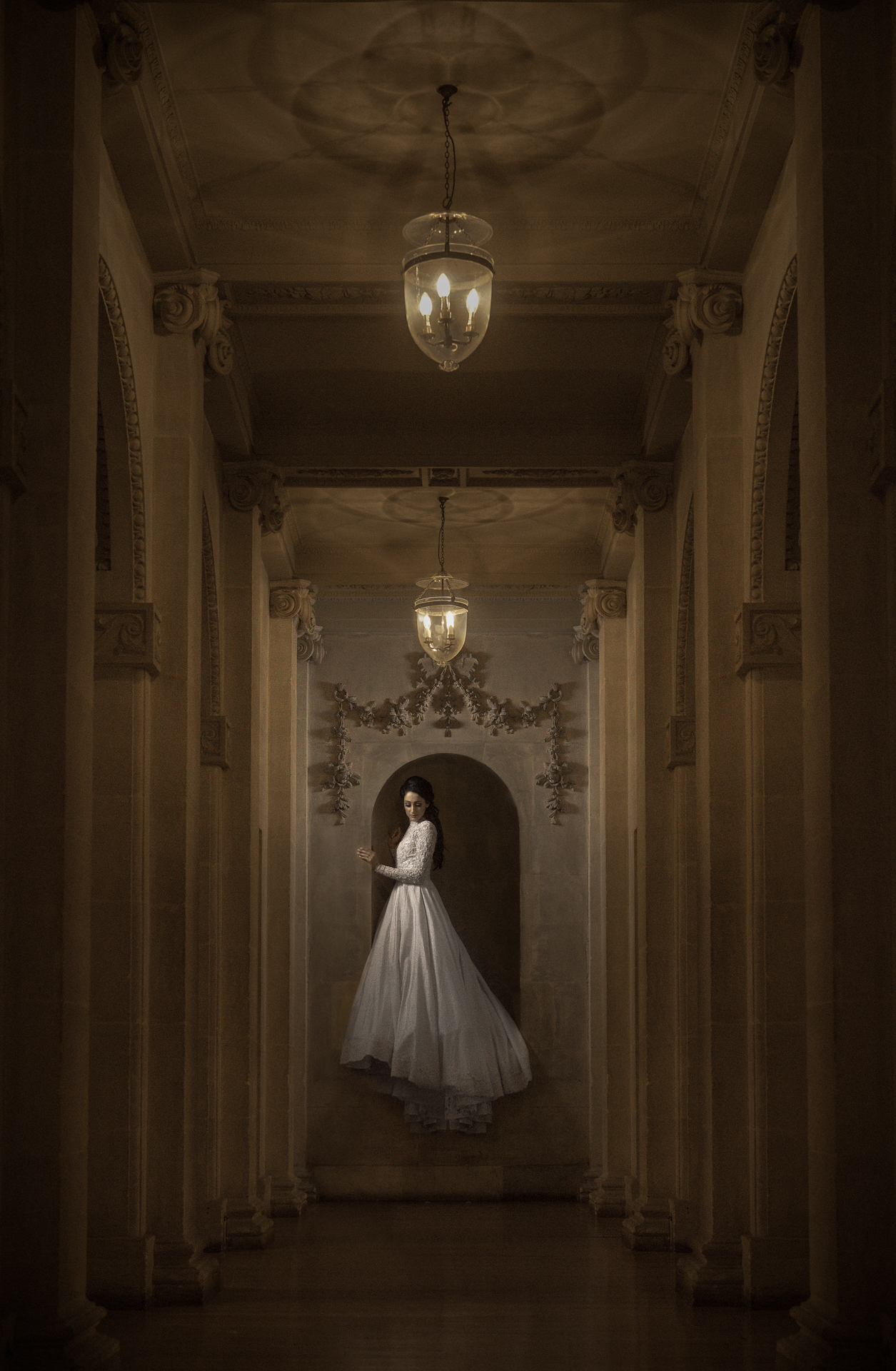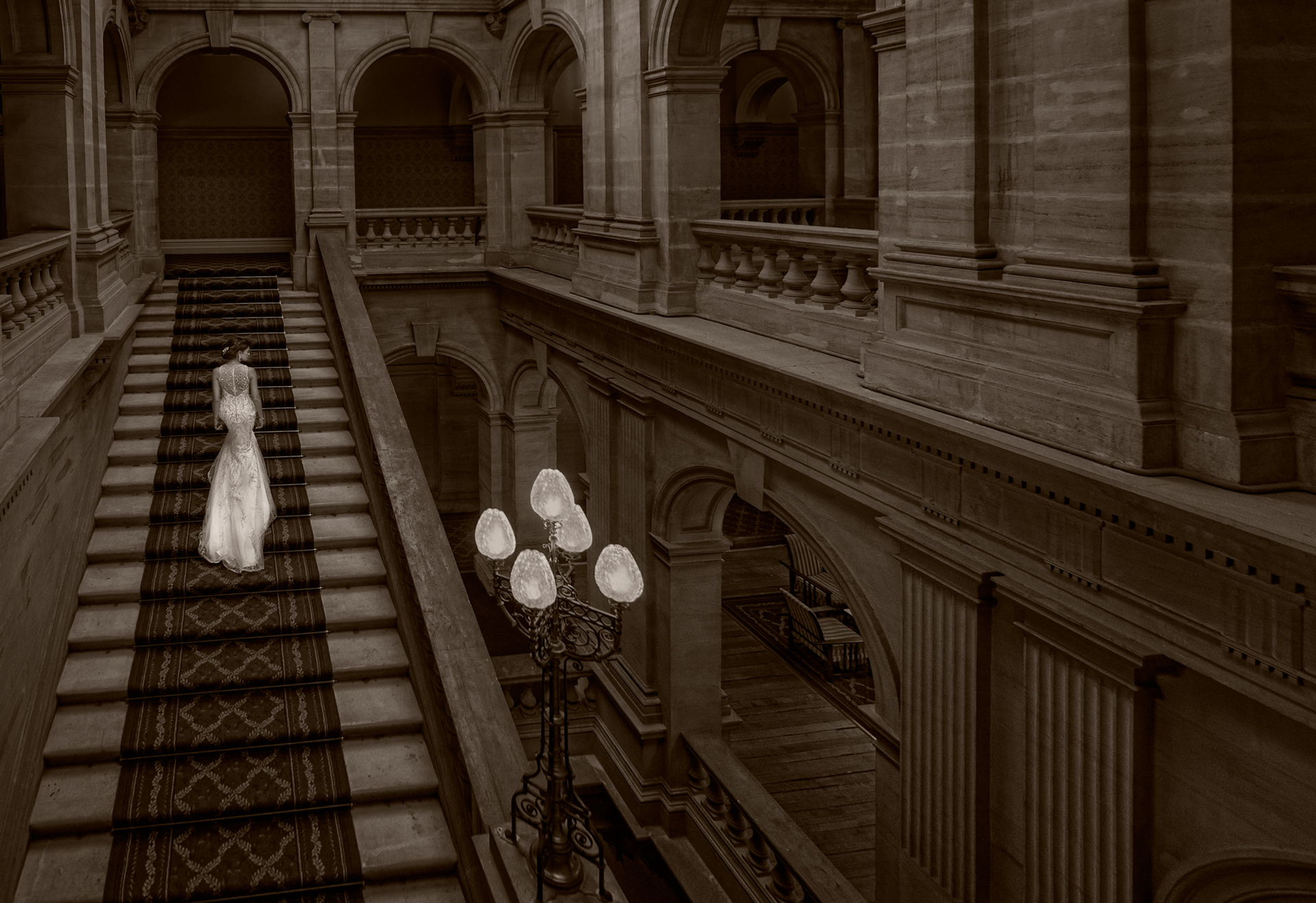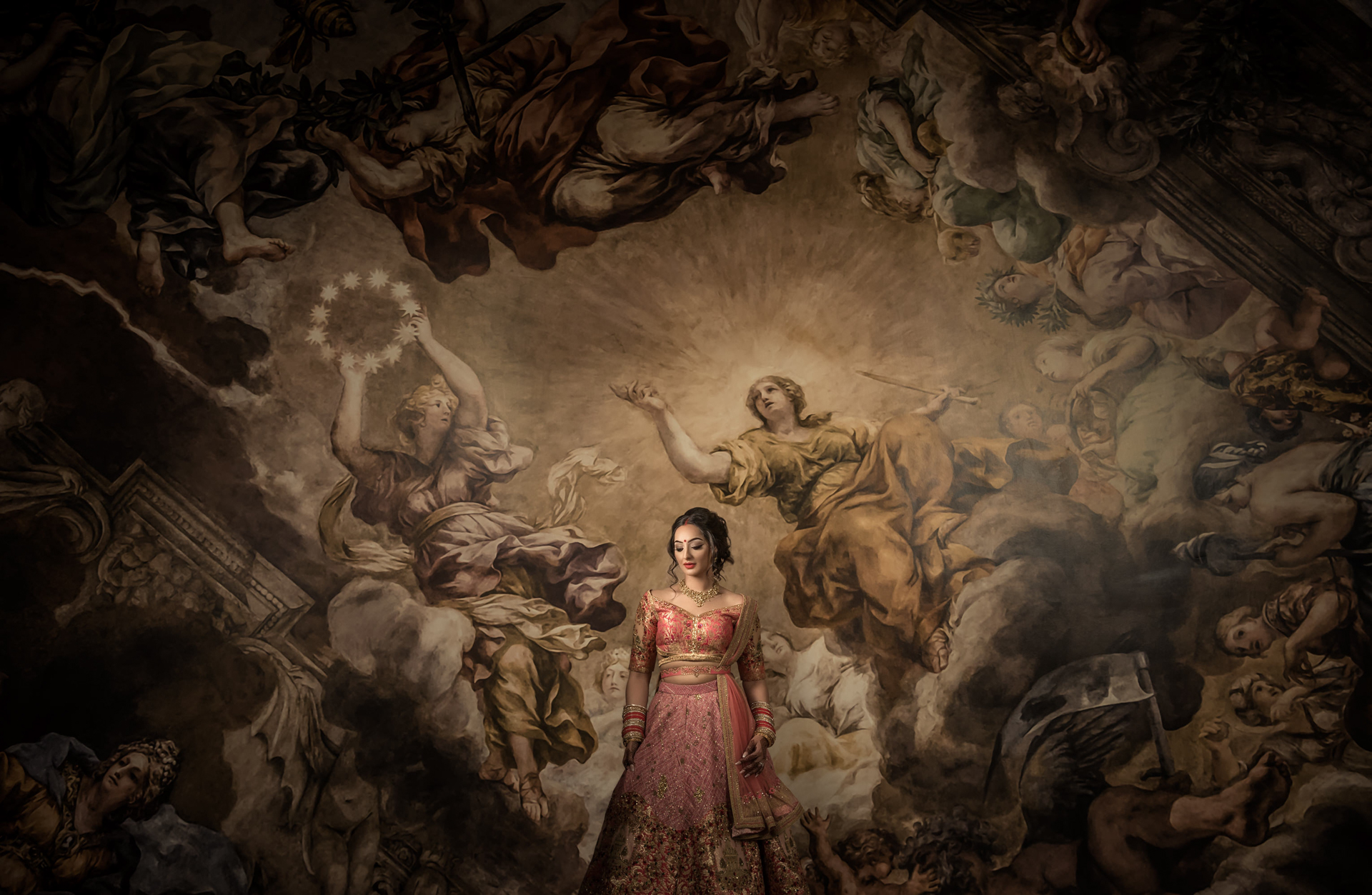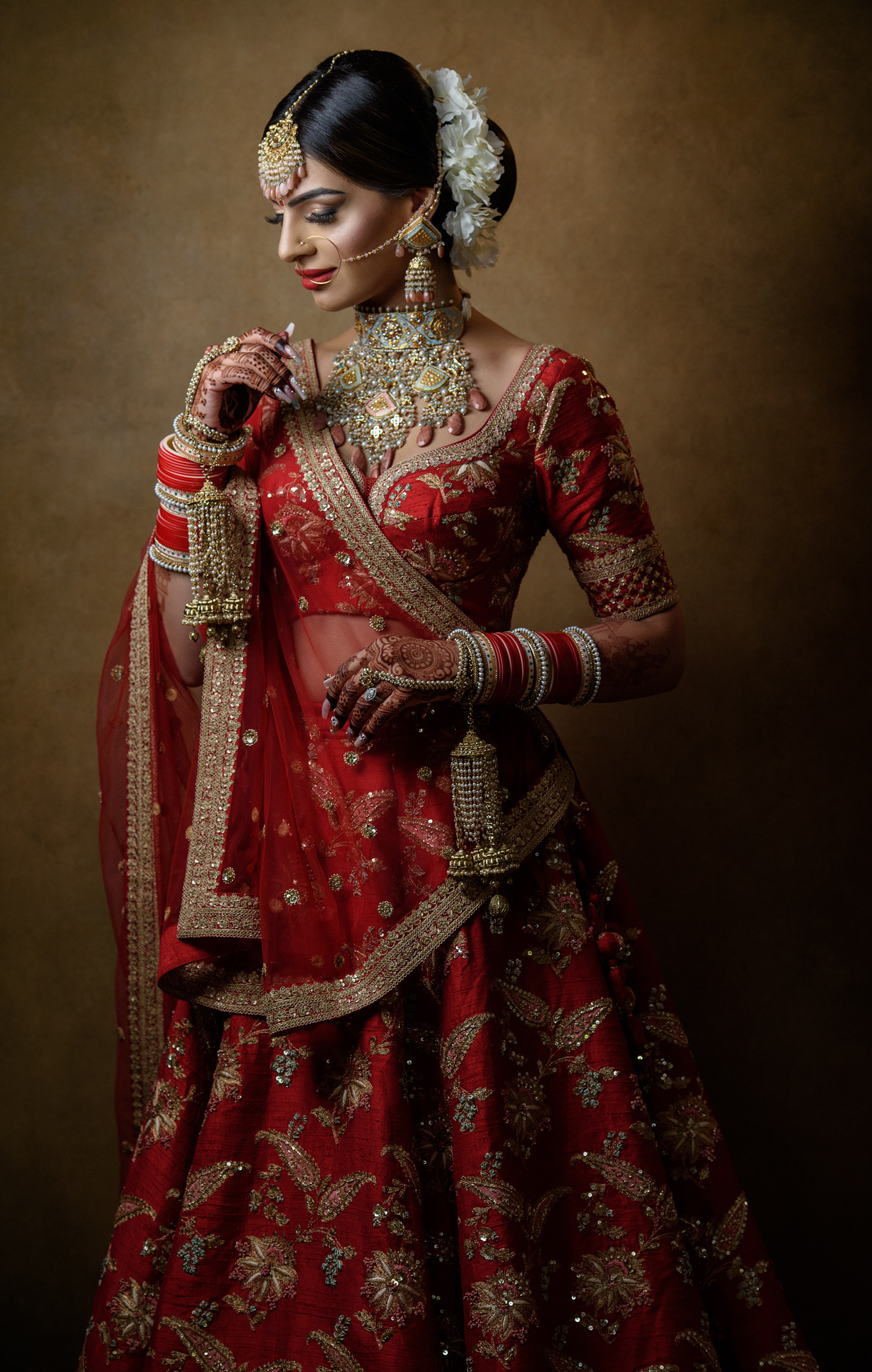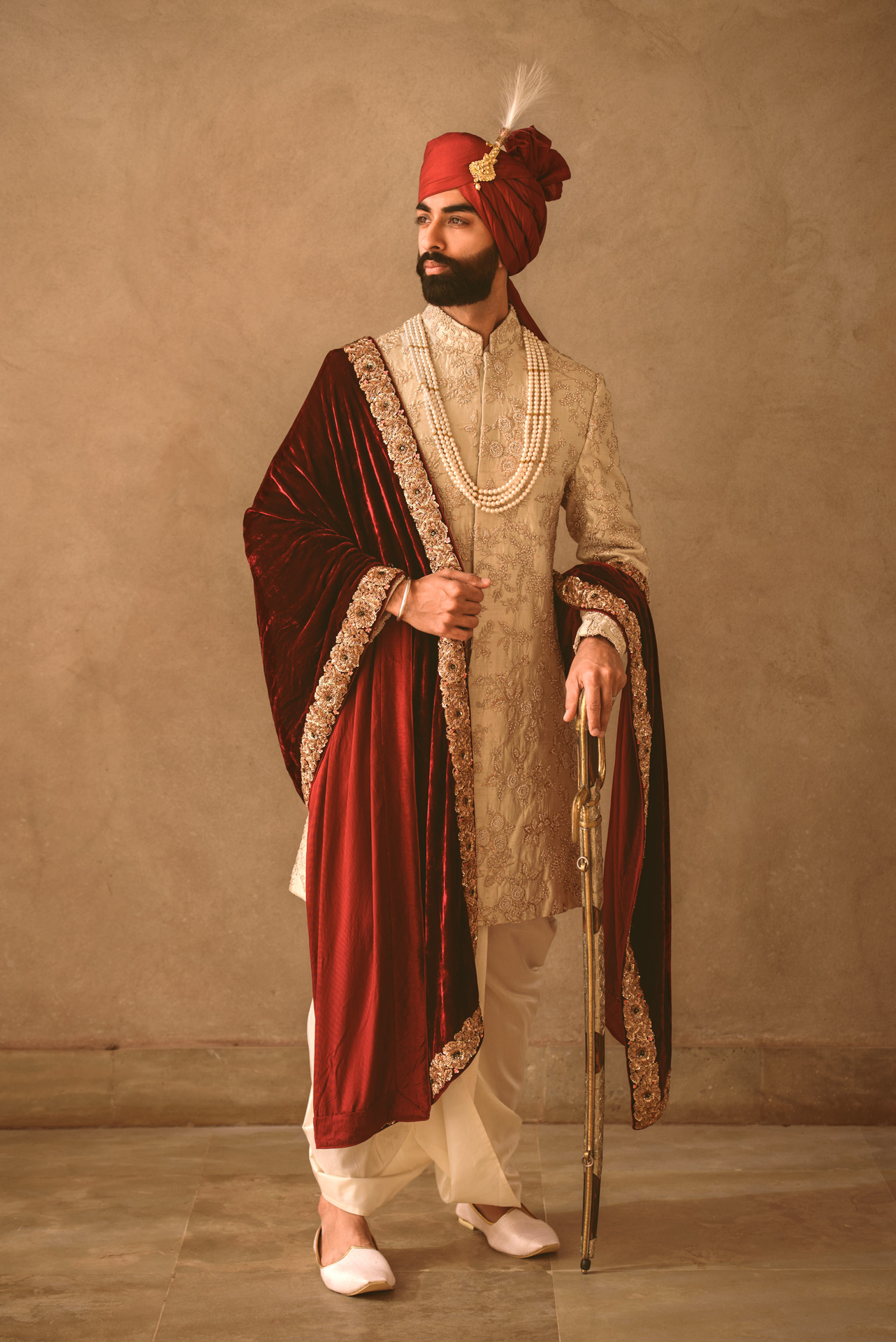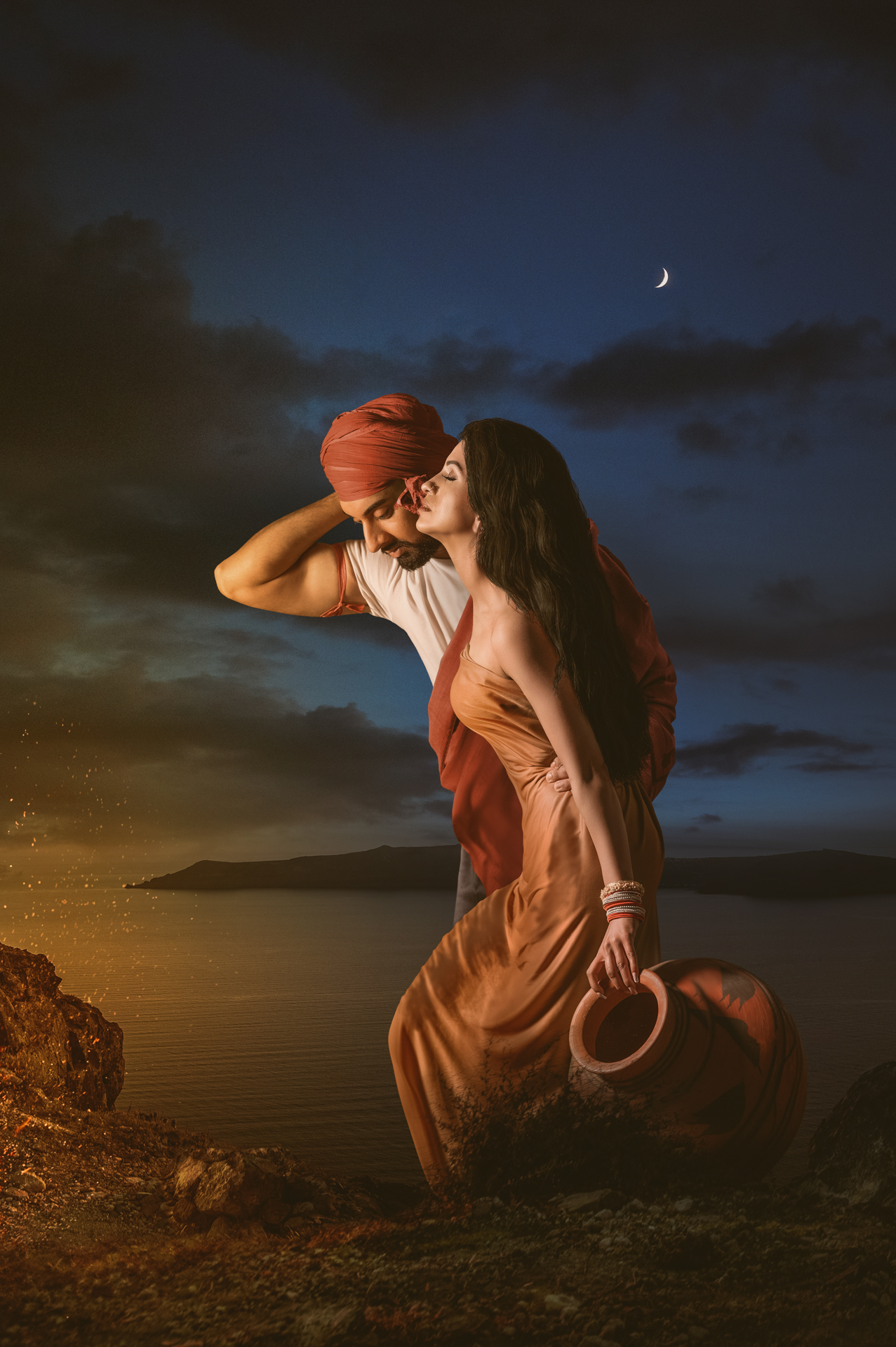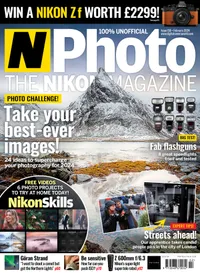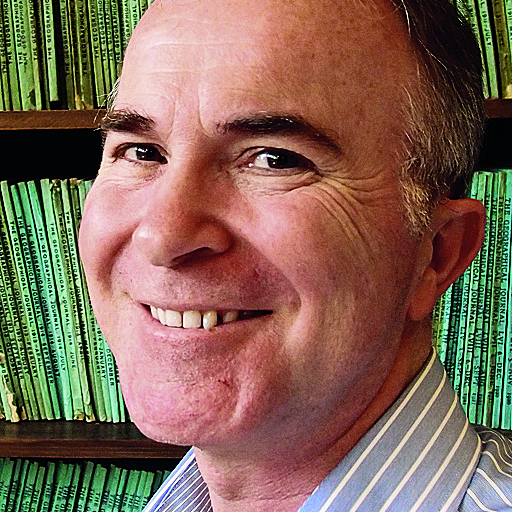"A good perspective is a child’s perspective" says wedding photographer Gurvir Johal
One of the most sought-after Asian wedding photographers, Gurvir Johal talks being among 400 guests for days, developing his eye for detail, and being named the best in Europe
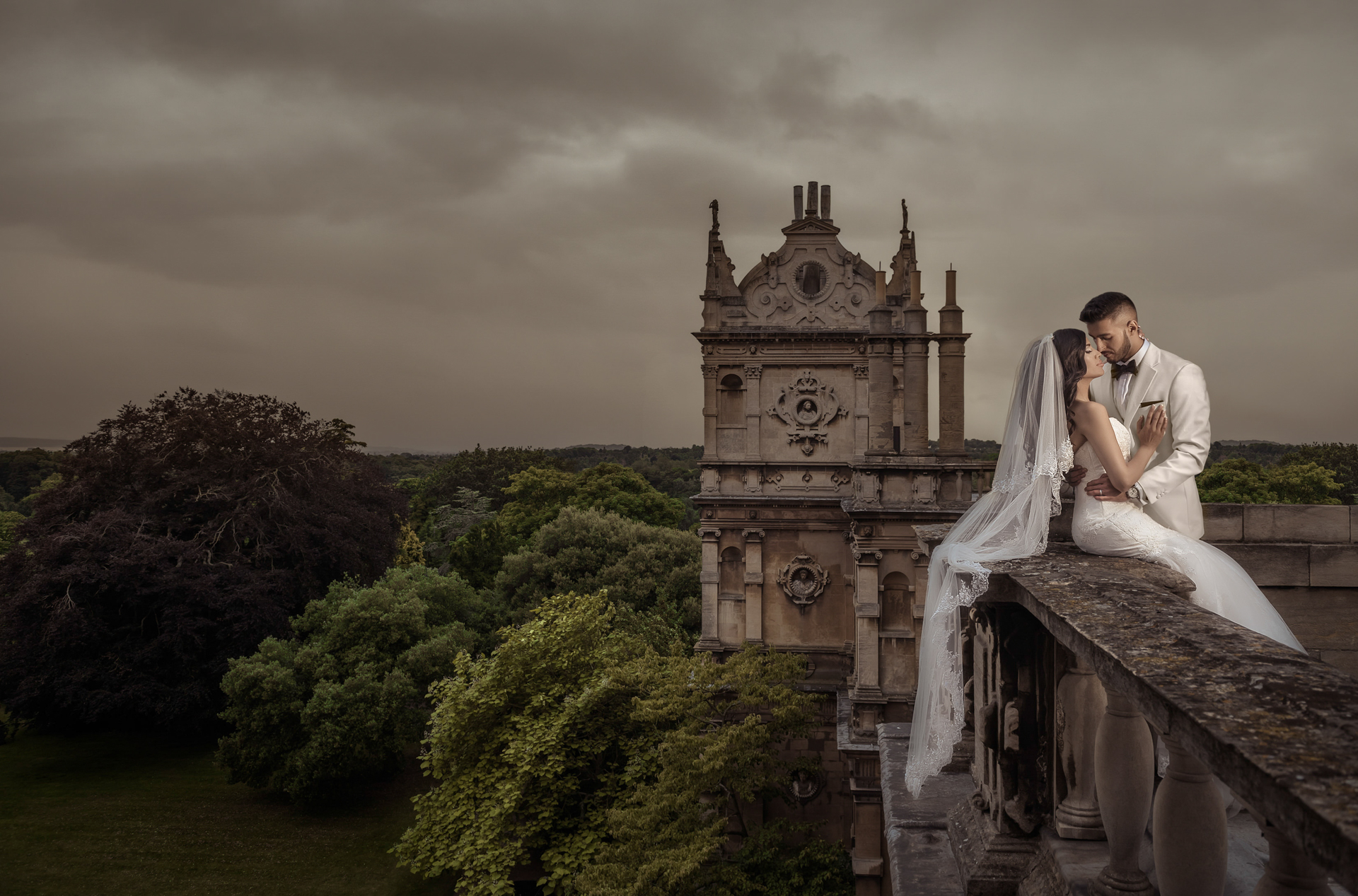
Gurvir Johal is one of the featured speakers at The Photography & Video Show next month, taking place March 16-19 at the NEC in Birmingham England.
It’s the start of another week at the height of summer, and I’m expecting acclaimed Asian wedding photographer Gurvir Johal to be run off his feet when we speak. As it turns out, that’s putting it mildly. Gurvir’s schedule leaves me reeling:
“I’m in France tomorrow for a wedding on Wednesday and Thursday. I’m home Friday; it’s my son’s birthday on Saturday, he’s going to be two, so as soon as I land in Gatwick on Friday I’ve got to get back to Birmingham and cover a wedding – a good friend snapped his Achilles heel, so I’m covering as many of his jobs as possible. I’m hoping by August he’ll be back to normal, so I’m covering Friday’s gig for him, son’s birthday on Saturday, wedding again on Sunday.”
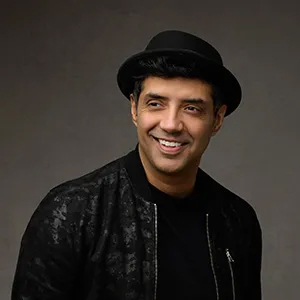
Gurvir Johal is a Birmingham-based wedding photographer who specializes in Sikh, Hindu, Muslim and Indian weddings. In 2018, he was ranked Third-Best Wedding Photographer in the World and the number-one wedding photographer in the UK and Europe by the One Eyeland International photography awards.
He is a Double Master photographer of the Las Vegas-based Wedding & Portrait Photography International (WPPI) and a Fellow of the Society of Wedding and Portrait Photographers (SWPP). Gurvir adopts a photojournalistic approach to document wedding stories in an emotive, timeless and creative fashion. He is a Nikon Creator and ambassador for GraphiStudio, Light & Motion, and Fundy Designer album software.
Is there still such a thing as a wedding season?
There used to be. I’ve only been photographing weddings for 12 years now, so when I started there was a season, and it generally was May until September. As I’ve progressed, I’ve noticed clients are pushing dates back to October and November, and then December becomes pretty quiet. At the beginning of the season, instead of it starting in May, it’s now March, maybe February. But it’s good. It keeps me active – and during the winter, I can concentrate on my health and burn off the curries I’ve been eating!
Asian weddings are more like festivals. That’s part of the magic, isn’t it?
Yeah, even when I got married five years ago, it’s a full week with the girls and the cousins, and they all come round and start cooking. In terms of ceremonial aspects that need to be photographed, it’s probably two or three days at most.
What are the important times that you need to be there for?
It depends on the client. Within Sikhism, Hinduism and Muslim weddings, there is a similarity between the different religions, but within those religions there are also sub-cultures and differences. I have some clients who say, “Hey Gurvir, we want you to photograph everything over three or four days and all the build-ups to the main wedding day.”
And then some clients say, “We’ll have another photographer to cover the smaller events and build-ups, and we’re just going to put our main concentration and money into the wedding day. ”It’s each to their own; everybody has a different opinion and perspective on what’s more important to them, and it’s just about trying to meet that expectation for the client.
You’ve been doing it for 12 years; what changes have you seen?
When I first started, I didn’t have as many grey hairs! A lot of the photographers I used to look up to or who inspired me, now they’re very good friends of mine. I would like to say they were the driving forces in the change that we needed to see in terms of the style, the coverage that we’re producing for our clients, in terms of documentary and posing. When I first started, lighting wasn’t what it used to be; wedding photography wasn’t as much about lighting as it is now.
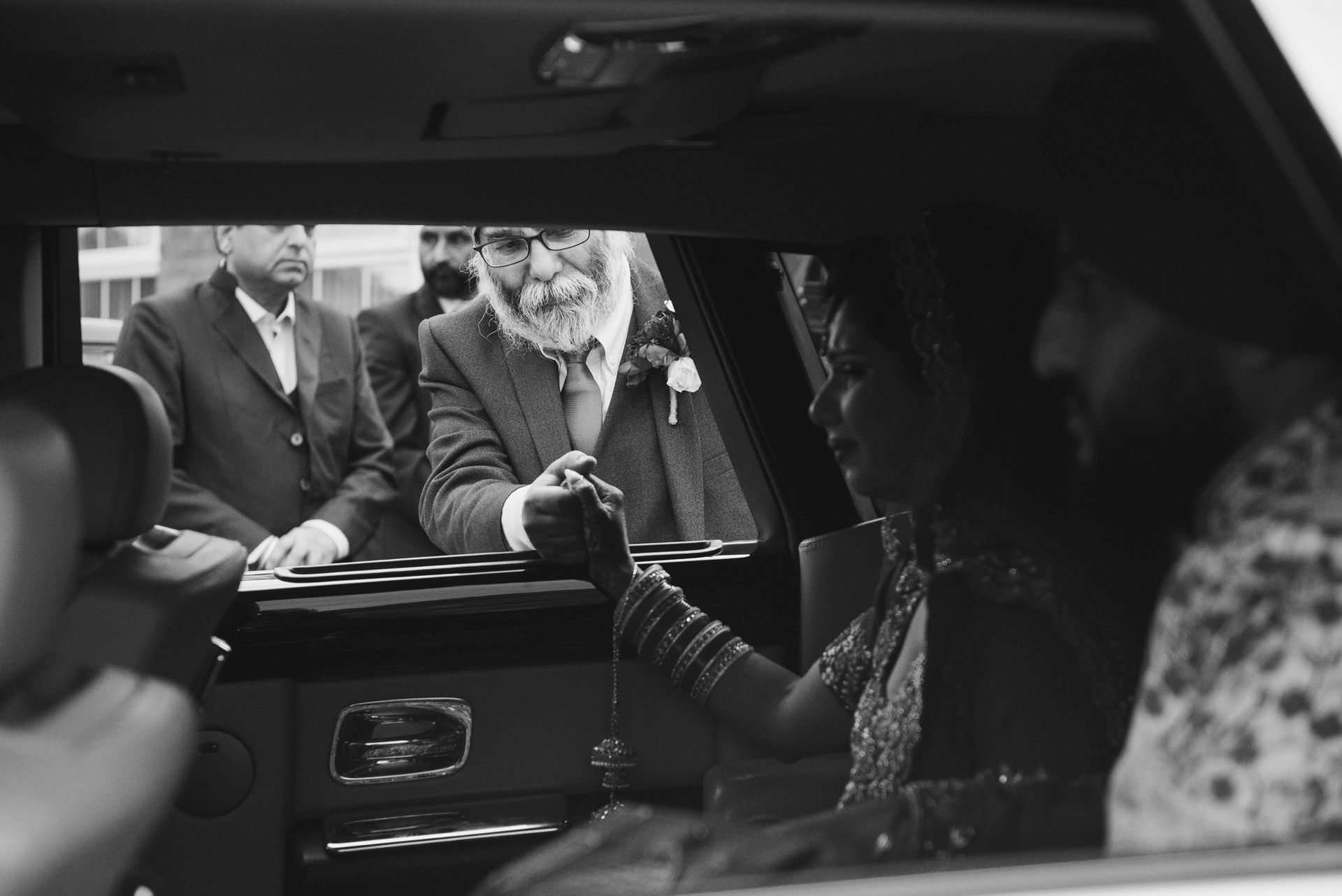
Weddings are a roller coaster of emotion – and Gurvir freely admits that he can’t always keep his own feelings at bay while he’s photographing them…
Very early on in my career, I used to jump in the car in the driver’s seat or the front seat, and photograph everybody saying goodbye from that perspective. I remember early in my career there were very few weddings where the family dynamics weren’t similar to mine. It got emotional for me when you’re hearing the dad, the mum and the brother and siblings saying goodbye to their sister, and the words exchanged between them. It’s difficult for you to be cold as stone all the way through. It really does pull on your emotions.
How do you mean?
A lot of people were playing with light, but it was all natural light. When I started, I loved using natural light for portraits. I used to run in and look for light and be a light hunter, find a window and place the subject, and move the TV and the couch around. But then what do you do in October, when the bride is getting ready at six or seven in the morning and there is no light?
So, what’s changed?
The lighting equipment now is phenomenal. I’m an ambassador of Light & Motion, who have produced a continuous LED light, which is so powerful and soft they’ve made a hybrid version of it, a continuous light with a strobe. That one light does everything!
That’s definitely progress…
It is. Even with the cameras and the Nikon mirrorless systems – the Z6, the Z6 II, the Z7 II and the new flagship Z9 – what these cameras are able to do is just phenomenal. I’m no longer worrying about the technical aspects of the camera: “Hey, are these images in focus? Did I grab that focus? Did I get that moment?”
I’m now worrying about the composition within the moment. Before, I was trying to capture the moment the best way I can: now I can worry about composition a little bit more, because I know my camera is going to grab the focus, it’s going to grab the eyes every single time. So I can – dare I say it – shoot blindly.
Let’s go back to how you first started. Did you train or have a mentor to help you?
I’ve always believed knowledge is power, and that is key to everything I do. When I was four or five years old, I was very naughty, boisterous, but painting and drawing were two of the things early in my childhood that kept me grounded and kept me busy. It didn’t just become a hobby: it became more of an obsession.
I experimented with different media, different papers, different paint, acrylic, oil, pastel, pencil, everything! Over those years, I developed that keen eye for detail. Then I was working for an advertising and marketing company where I was using a basic Nikon camera, cropped-sensor, with a 35mm f/1.4 lens to shoot advertising graphic visual displays.
What did you study after school?
I studied accountancy! I went down towards the typical Indian route where you study a degree that’s going to get you somewhere. If I had it my way, I would have studied fine art and history.
But accountancy is very useful…
It is. I do appreciate the accountancy side, because it’s allowed me to understand business: cost drivers, overheads and everything else. There are a lot of photographers out there who crash and burn out because they’re not making any money. The reason for that is that they put photography and creativity before the business.
When I’m running workshops, I say, “We’re all photographers, we’re all creative people in this room, but the reality is that hardly any of us think about the business first.” I believe that if you think of yourself as a businessperson who happens to be in the field of photography, then you’ll be able to succeed business-wise.
That’s a very important point.
It is. How I started photography, I was working commercially, just taking pictures of products and venues and cars and food. My nieces and nephews were young at that time; then my sister’s best friend said, “Hey, can you shoot my wedding?” I was like, I don’t think I’m a wedding photographer, to be honest. I said to her, “Book your wedding photographer, and I’ll come in and shoot as a fly-on-the‑wall journalist.” I had a cropped-sensor Nikon – either a Nikon D60 or a D40 – with a 35mm f/1.4 Sigma or Nikon lens, and I shot the whole wedding like that, with no flash.
With just the one lens?
Yep, but I was moving around and playing and seeing what things looked like from different angles. I learned early on that a very good perspective for photojournalism is a child’s perspective. As a child, when we look up, everything seems to be grander and everything is isolated; whereas if you look at everything at head height, there are too many distractions. So a lot of my wedding work is shooting waist-high from the hip. I still have sentimental attachment to those images.
You still find time to mentor young and aspiring photographers, so what is the most valuable lesson that you like to teach them?
I’ve always been a big advocate of getting it right in-camera. I’ve always been a huge fan of how my images in the back of the camera are as close to how I want that image to be in post-production. I only rely on post-production for little elements. A lot of people think my images are very Photoshopped. Some parts of them are, but one of the things I teach is how lighting sculptures the body and the composition.
So, my fundamental with students in workshops is to show you what light does to an image. It’s the difference between a good image and a great image.
Asian weddings are incredibly colourful, but you still find time for black-and-white. What’s your rationale for that?
An Asian wedding is an emotional roller coaster throughout the wedding day – especially for a bride and her family, because she’s leaving her parental home. She’s saying goodbye to her mum and her dad because, in most cases, she’s no longer living in that home now. It’s an emotional scene.
Asian weddings are full of color. Everybody’s wearing so many different colors in the clothes and the hair and the make-up. But when we remove the color and we are looking at the image in black-and-white, we have no choice but to look at emotion, to look at the story within the image.
So, with certain images where there is a lot of emotion, I will remove the color and make it into a black-and-white image to say, “This is what I want you to see. This is the part of the image I want you guys to concentrate on.”
Which cameras do you use now?
I use the Z6 II; I have two of them with me at all times. Mostly, I am on a 35mm and 85mm combination, that’s for the vast majority of the ceremony pictures. Portraits, I shoot with an 85mm and 70-200mm; dance floor coverage is anything between a 24-70mm and a 14-30mm because the dance floors are so tight with Asian weddings.
There are 400 or 500 guests, so you’re not really in a position to shoot from a distance. You have to dive in and start dancing with them to get those images. I have a 20mm f/1.8; I might use that on the dance floor. The 70-200mm I use for portraits and nothing else.
And the lighting?
I use LED panels and continuous lights. The Light & Motion StellarPro lights have got a huge range; I use the CLX10 with their new Reflex S. I generally put lighting within a softbox, so I get beautiful soft light when I do portraits. I never want to be in a position where I’m doing bridal portraits and the light is awful. I want to be in control and be a master of everything that I have in front of me, to make sure that they get beautiful pictures of themselves.
How important are awards?
The reason I enter competitions is that it allows me to keep pushing myself creatively. The images I was winning first place and second place for five years ago wouldn’t even hold up in competition now, because everybody keeps changing, the thought processes and the creativity. The last thing I want to do is stay safe and become irrelevant. You have to keep evolving; competitions allow me to do that and allow me to be the best version of myself.
You’re the world’s third-best wedding photographer, according to the One Eyeland International photography awards, so who are first and second?
I think it was in 2018 with One Eyeland. They separate it with different countries and the images that you’re submitting. I ranked third in the world with Michael Anthony and Sal Cincotta, who were first and second. They put me down as first in UK and Europe.
First in UK and Europe is quite an accolade. How did you feel?
Mixed emotions. I was surprised by it, to be honest, but there is a sense of achievement after being in the industry over ten years, and you’re being recognized, and you have photographers following you. So, it’s not just about shooting for your clients, it’s about teaching the next generation and passing the knowledge on. The last thing I want if anything happened to me, God forbid, is that any information or knowledge I have is gone. I want to pass this information on to as many photographers as possible.
This interview first appeared in N-Photo magazine. Gurvir is a headline speaker at The Photography & Video Show. You can find out about his talks at the Show website, and you can get 20% off tickets with our exclusive discount code.
N-Photo: The Nikon Magazine is a monthly magazine that's written by Nikon enthusiasts for Nikon enthusiasts, you can be sure that all the content is 100% relevant to you! So for the best Nikon-focused news, reviews, projects and a whole lot more, subscribe to N-Photo today – with our unmissable sub deal!
You might be interested in the best Nikon cameras along with the best Nikon lenses – and particularly the best Nikon Z lenses designed for its mirrorless cameras.
The best camera deals, reviews, product advice, and unmissable photography news, direct to your inbox!
A former award-winning editor of Amateur Photographer magazine, Keith is the founder of Outdoor Photography, which he edited from 2000 to 2007, Black + White Photography and Wild Planet, the world’s first monthly digital magazine devoted entirely to wildlife photography. He is a highly regarded competition judge and since 2016 has chaired the jury of the Nature Photographer of the Year awards. He is the co-founder (with Britta Jaschinski) of Photographers Against Wildlife Crime™, an international group of award-winning photographers who have joined forces to use their powerful and iconic images to help bring an end to the illegal wildlife trade.
